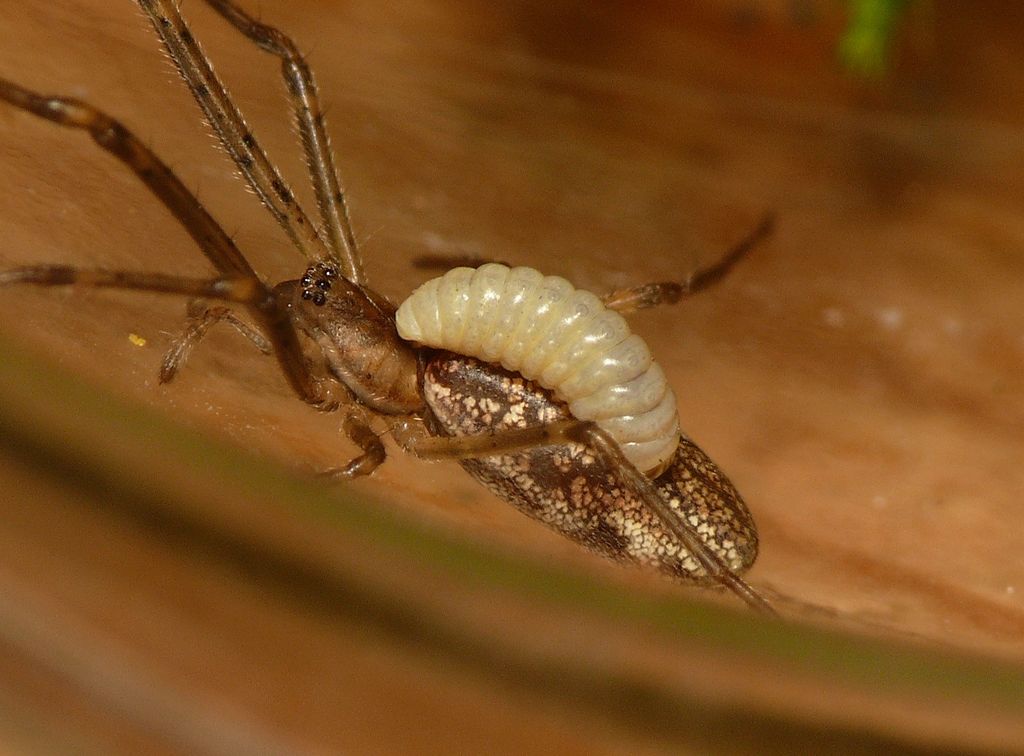Catherine Hodges, Contemporary Science Volunteer, explores one of the latest developments in robotics: the parasitic robot. A turtle-robot hybrid example of this will be on display in our interactive Tomorrow’s World gallery until mid-October.
Robotics has come a long way. Advanced machines are being manufactured every day, but there are still many obstacles to overcome. Short battery life and difficulty making robust movement systems has hindered progress, even the best robots can struggle when it comes to motion.
That’s why scientists are turning to nature for inspiration.

Researchers at KAIST, the Korea Advanced Institute of Science and Technology, have developed a new parasitic robot that rides on the back of turtles. Incapable of movement itself, it uses a host to travel, controlling the direction in which it wants to go by flashing one of its five LED lights.
The device is far less dastardly than it sounds. Unlike some parasites which infect and alter their host’s central nervous system in order to control their behaviour, the parasitic robot influences the movement of its turtle host by giving it food rewards.

Turtles are trained for almost two months, first to become accustomed to wearing the robot, and then to associate the flashing LEDs with food.
The robot is attached to the shell of the turtle alongside a feeder tube and LED head display using special double-sided foam tape. The feeder tube is programmed to a release gelatine food capsule every time the turtle correctly follows the direction of a flashing LED light.
After five weeks of the turtle undergoing stimuli-response training, the parasitic robot is able to control the movement of its host, completing basic navigation tasks successfully.
The success of this study has encouraged researchers to consider future applications of these animal-robot partnerships, as well as other potential hosts; mice, birds and fish are all under consideration.

This isn’t the first time scientists have succeeded in controlling the movement of animals. Researchers at the University of California, Berkeley controlled the flight paths of beetles by strapping tiny computers and wireless radios onto their backs.
Most mobile robots are limited in complex environments, unable to adjust to unforeseen obstacles. But animals are perfectly adapted to their environments. The team at KAIST believe that harnessing the natural superior abilities of animals through parasitic robots could be a more efficient way to navigate complex environments.
It’s hoped these parasitic robots could get to places where humans can’t go, such as tight spaces or disaster zones. They could be used for surveillance or even military reconnaissance. Although parasitic robots raise important ethical concerns, these technologies have huge potential for use in harsh environments, and it will be interesting to see where the future of this scientific field takes us.
If you’re interested in finding out more about other types of robots, you can visit our Robots exhibition, which is on until 3 September.
The parasitic robot will be on display in our interactive Tomorrow’s World gallery until mid-October 2017. Visit our website to find out what else is currently on display.